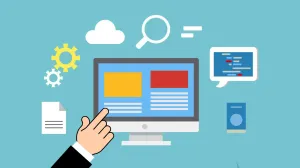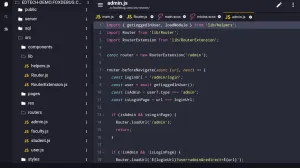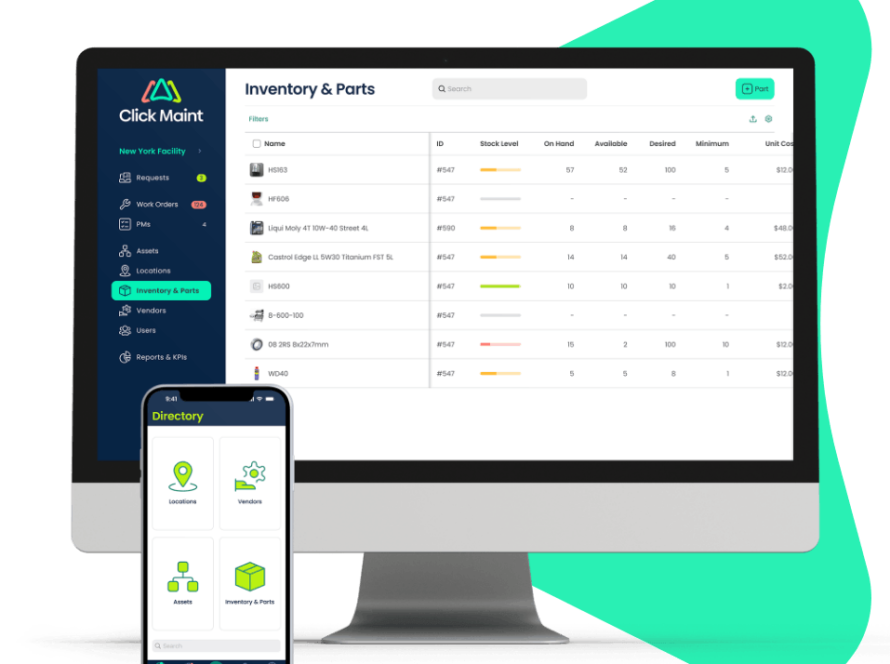Introduction
Great CMS in the world and among the best. It doesn’t matter what profession you are in—whether you are a web developer, blogger, or owner of your own business, learning the ways to install WordPress on localhost is a must. At RexterTech, we serve developers and entrepreneurs in helping them create sturdy digital experiences, and this guide is part of that.


What is Localhost in WordPress Development?
Localhost refers to your computer acting as a server. This means you can set up a full WordPress site without needing to buy hosting or a domain name. It’s ideal for:
Website testing
Plugin development
Theme design
Learning WordPress
Why You Should Use WordPress on Localhost
You can enjoy several advantages of building your site locally before going live:
- Internet-free
- Fast
- Safe testing ground
- Cost-free and private
- Perfect space for debugging
💼 Who Benefits?
- WordPress developers
- Designers in UI/UX
- Freelancers
- Agencies like RexterTech
- Small business owners
What You Need to Install WordPress on Localhost
To set up WordPress on localhost, you will need:
- Local server software (like XAMPP, WAMP, or MAMP)
- WordPress installation files
- A web browser
- Some time (10-15 minutes maximum)
Step-by-Step Guide to Set Up WordPress on Localhost
1. Download and install Local Server (XAMPP recommended).
From apachefriends.org, install and download XAMPP because it is available with Windows, Linux, and Mac.
✅ XAMP Components to be Installed:
- Apache (for running the server)
MySQL (for database)
PHP (for interpreting WordPress code). - Once installed, open XAMPP Control Panel and start Apache and MySQL.
2. Download WordPress
Go to wordpress.org and then download the latest version.
Once unzipped, copy-paste the WordPress folders into htdocs, located in the XAMPP installation directory (C:/xampp/htdocs/).
This folder may be renamed to anything (e.g., mywebsite).
3. Create Database
Open your browser and go to http://localhost/phpmyadmin.
- Click on Databases
- Enter a name (e.g., wordpress_local).
- Click Create.
- There is no need to manually add a table-WordPress will do this during setup.
4. Install WordPress
Now, go to your browser and visit:
- arduino
- Copy
- Edit Following that, there are the stages.
- Select your language
- Enter the database name that was created earlier.
- Username: root
- Password: leave it blank
- Database Host: localhost
- Submit—Run Installation will be clicked.
Basic information will be filled in:
- Site Title
- Admin Username and Password
- Admin Email
Tips for Using WordPress Locally
Install themes/plugins safely
Use debugging tools like Query Monitor
Create multiple environments (testing, staging, dev)
Backup regularly using tools like Duplicator
Best Tools for Localhost WordPress Development
Here are tools to boost your local development workflow:
🛠️ Code Editors:
VS Code
Sublime Text
🧪 Testing:
WP Debug Bar
Query Monitor
📦 Deployment:
LocalWP (formerly Local by Flywheel)
Migrate Guru (for going live)
Security Tips for Localhost WordPress
Even if it’s a local setup, it’s good practice to:
Use strong admin passwords
Keep WordPress up to date
Limit plugin installations
Regularly export backups
Going Live: Moving from Localhost to Live Server
Once you’ve completed your website locally, it’s time to make it public.
🧭 Ways to Migrate:
Manually: Export DB, change URLs, upload via FTP
Plugins: Duplicator, All-in-One WP Migration
Conclusion
Setting up WordPress on localhost is an excellent way to learn, experiment, and build without spending a rupee on hosting. Whether you’re creating a new theme or testing plugins, local development saves time and gives you complete control.
At RexterTech, we assist you from local development to live deployment. Need help? Explore our WordPress development services or contact us today.



